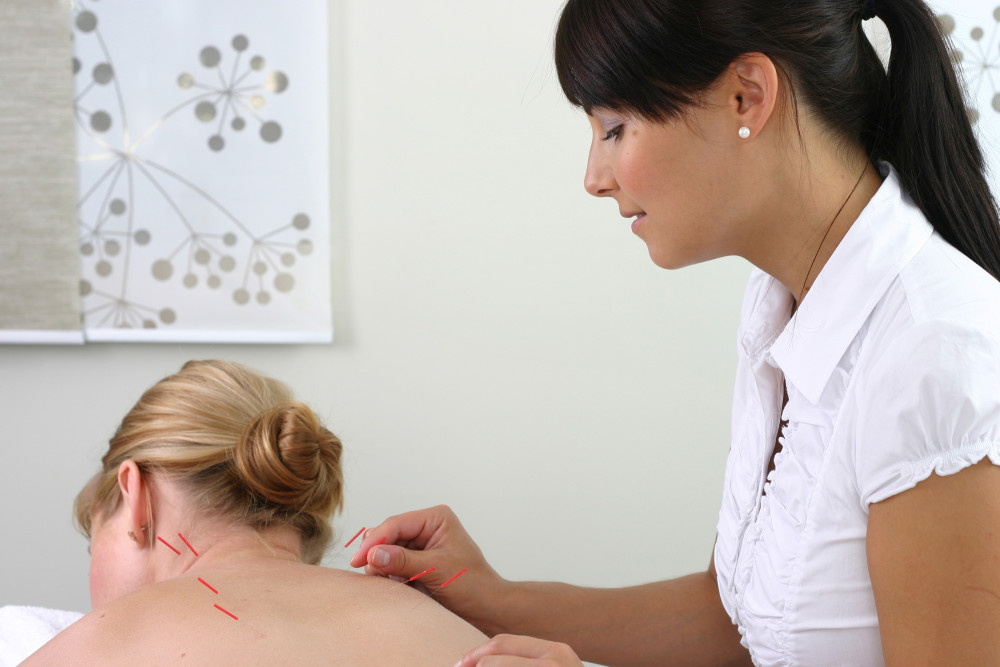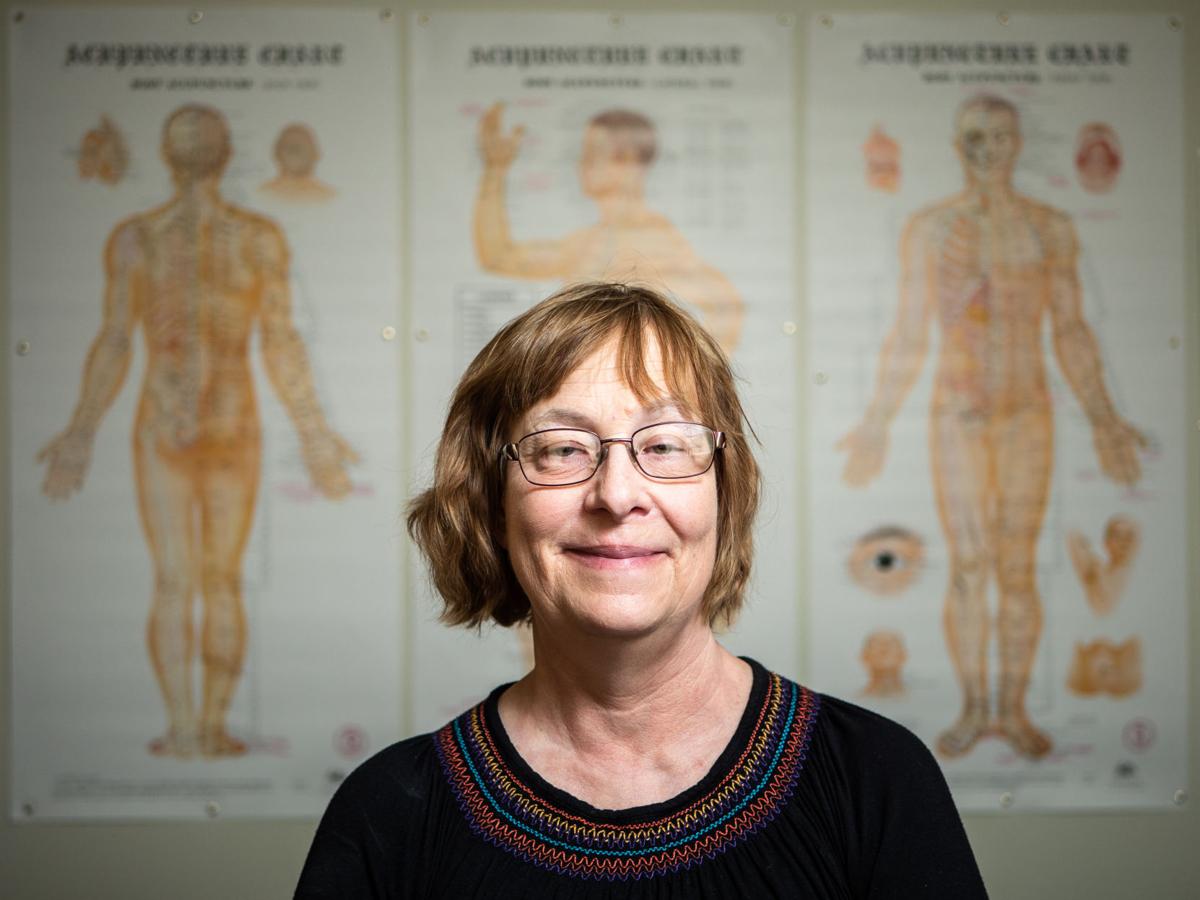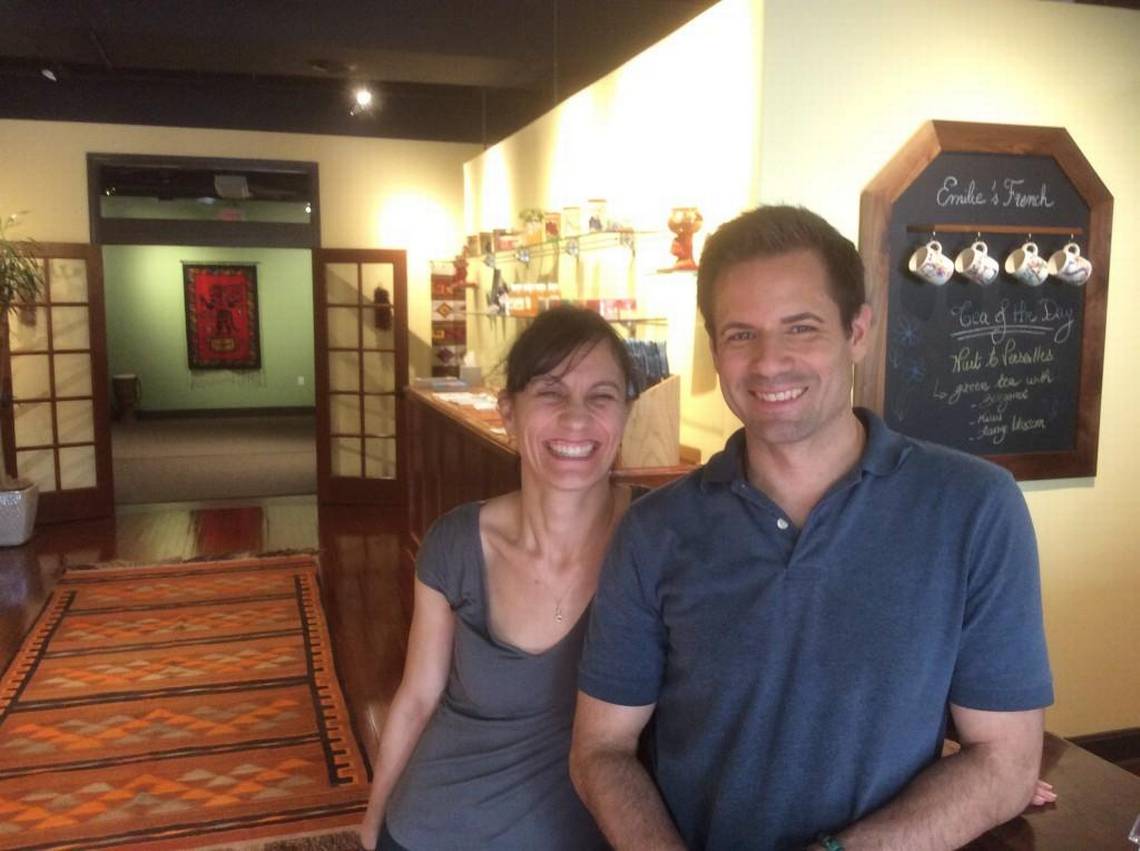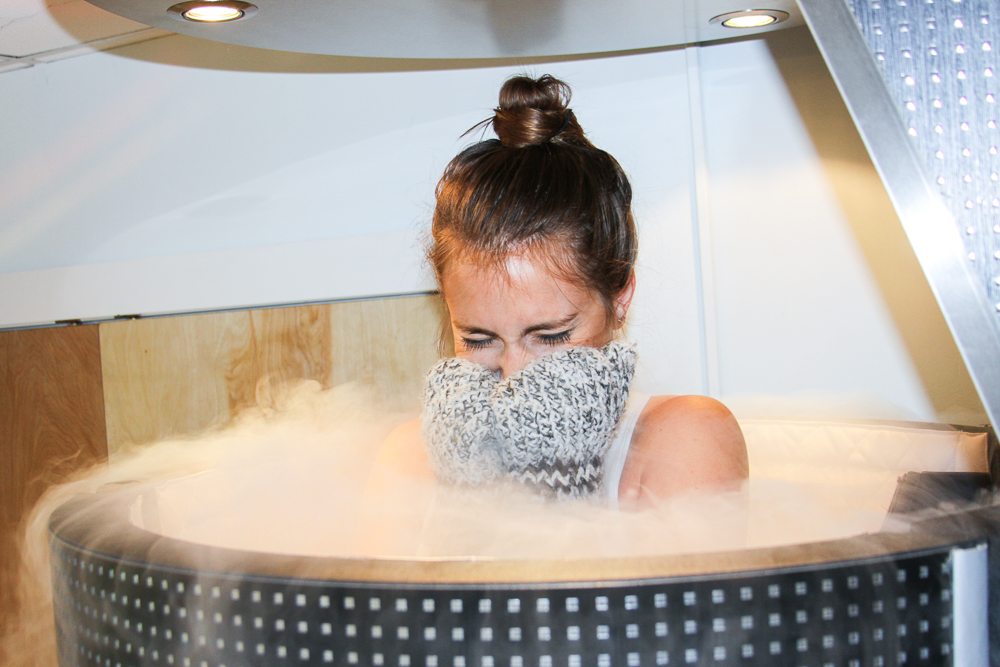By Sammy Caiola
The Sacramento Bee.
In a dimly lit building on bustling Fulton Avenue, a handful of men and women lounge in recliners with their eyes closed. They sit just a few feet apart from one another as they each experience the odd sensation of tiny silver pins sticking out from their limbs and faces. Some fall asleep, while others listen to the recorded lull of waves and wind.
Dozens walk into the Sacramento Acupuncture Project in Arden Arcade each week to get the ancient Chinese treatment in a group setting. Once a luxury reserved for those who could afford private sessions, acupuncture is quickly becoming an Everyman’s pain reliever as community acupuncture clinics make the practice more affordable.
When performed in a private room, treatment costs start around $65 and can climb as high as $250. At community clinics like the Sacramento Acupuncture Project, which opened Oct. 12, sessions cost between $15 and $35. The Sacramento clinic and three others in the region ask customers to pay what they can based on their income.
“We want people to be able to come in frequently, because that’s when acupuncture works best,” said Molly Fread, manager of the Sacramento Acupuncture Project. “You can go and have one expensive treatment and it will be nice, but it won’t solve all of your problems.”
Acupuncture is a pain-reduction method that involves the insertion of extremely thin needles through the skin at strategic points on the body. Some practitioners describe it as a way of rebalancing the body’s energy. Others believe that stimulating the nerves and muscles in connective tissues can stimulate the body’s natural painkillers and increase blood flow.
The method has been shown to provide relief from a number of conditions, including fibromyalgia, headaches, back pain and chemotherapy-induced nausea, according to the Mayo Clinic. Patients usually undress to lie on a massage table before an acupuncturist inserts the fine needles into any of the 361 acupuncture points recognized by the World Health Organization.
Community acupuncture invokes the same concept, but is done only on the feet, shins, hands, arms, neck and face so that customers can remain dressed in their recliners. The model allows one practitioner to treat multiple patients during the session, which lowers the overall cost of providing the service. While the pin insertion lasts just a few minutes, most clinics allow customers to relax in their chair for several hours.
The group treatment concept emerged about a decade ago at Working Class Acupuncture in Portland. About 200 community acupuncture clinics have sprung up since then, according to the People’s Organization of Community Acupuncture, with 30 listed in California. Four have opened in the Sacramento area since 2008.
Acupuncture has always been a communal practice in China, said Maria Chao, assistant professor at the Osher Center for Integrated Medicine at University of California, San Francisco. But when it was adapted in the United States, it became part of a medical system based on one-on-one care. As acupuncturists begin to see the economic benefits of offering low-cost group treatments to people of all social backgrounds, she expects the model will change.
“The movement is just beginning,” Chao said. “There has been an increased demand for acupuncture, and the community model can be really appealing and accessible for folks. The largest piece is that it’s helping to fill gaps that aren’t always met by conventional health care. It’s an important complement.”
Patrick Bell, 69, has been on medication for several years for back pain and hand tremors. When he began treatments at the Sacramento Acupuncture Project this fall, the aches started to wane, he said. He started slowly reducing his pain-medication doses and within eight treatments, he said, he did not feel the need to be on pain medication at all.
He and his wife, Elizabeth Bell, who previously visited El Dorado Community Acupuncture in Shingle Springs for treatment, said they were thrilled that the Sacramento Acupuncture Project moved in just a few minutes from their Carmichael home. They’ve each visited the clinic eight to 10 times.
“If I need surgery I’ll get surgery, but before I go there, I’ll try this,” Patrick Bell said. “Conventional health care is hard to access, it’s expensive and it has its limits.”
While community acupuncture is helping to fill the rising demand for nonpharmacological remedies, it should be considered a complement to — not a substitute for — regular primary care, Chao said.
The rising number of aging baby boomers and the ongoing trend toward alternative medicine were major draws for Whitney Thorniley, who owns two community acupuncture clinics in Oakland and expanded to Sacramento to start the Sacramento Acupuncture Project. Since opening six weeks ago, the clinic has been providing about 50 treatments a week, though Thorniley expects it will be more like 200 when she joins Fread, now the sole acupuncturist at the new location, in the new year.
“It’s truly a sustainable business model,” Thorniley said. “If I was waiting around for someone to come pay me $80 a visit, I might be very lonely. The $15 to $35 scale makes it affordable for a high volume of people to come in. When people can afford to keep coming in, it works for patients and it works for us.”

















































































































































































































































































































































































